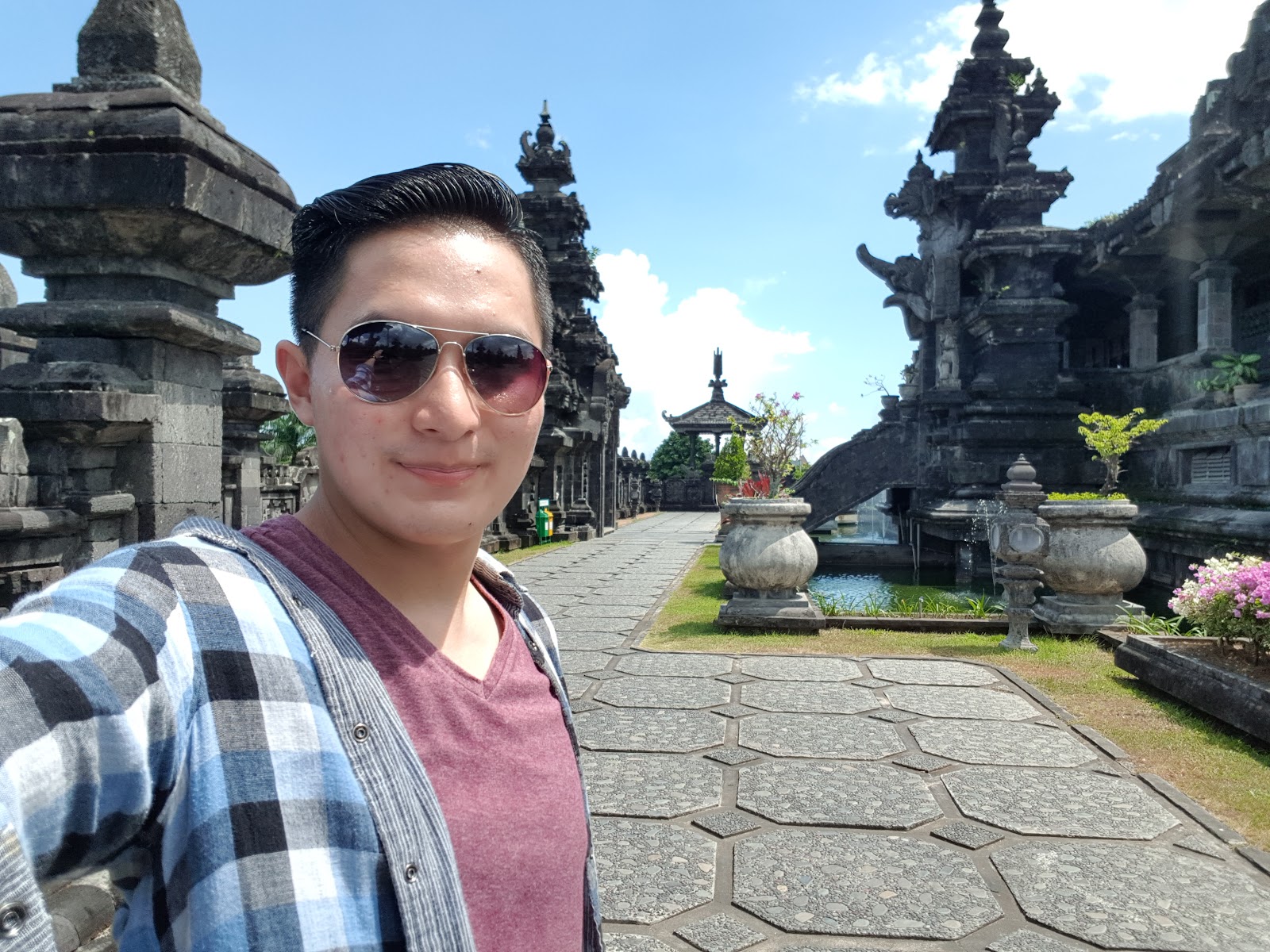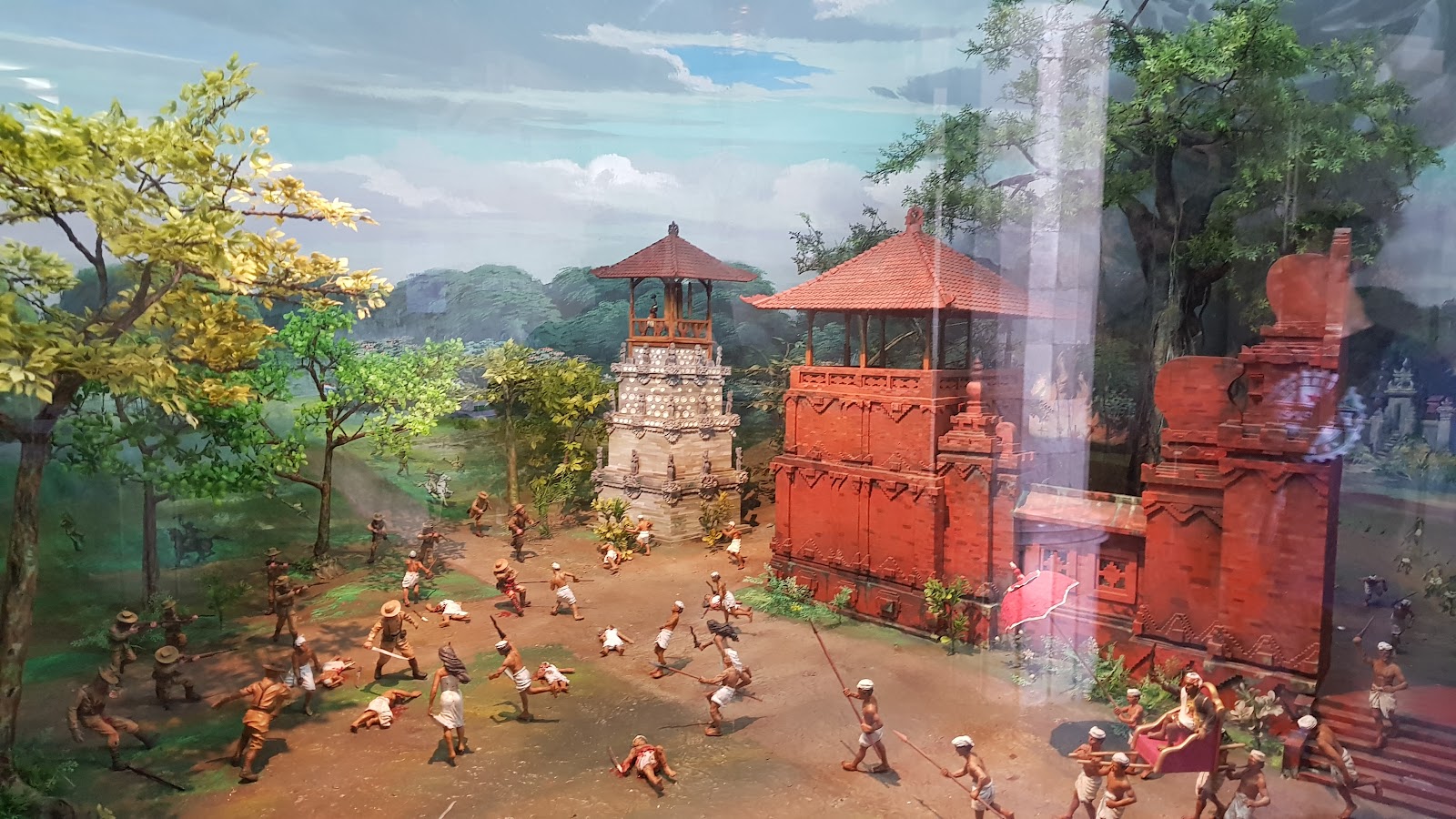Discovering the Splendor of Bajra Sandhi Monument: Exploring Bali's Historical Gem
Hey there, fellow travelers! Today, I want to share with you my incredible experience visiting the Bajra Sandhi Monument in Denpasar, Bali. Bali is not just about its stunning beaches, mountains, and rich culture, but it also holds a captivating historical gem like the Bajra Sandhi Monument. So, let's dive into the enchanting world of this monument together!
First, let me share some fascinating facts about the Bajra Sandhi Monument. If you're a history enthusiast like me, this is a must-visit spot in Denpasar. This monument serves as a commemorative tower built to honor and appreciate the struggles of the Balinese people throughout history.
The name "Bajra Sandhi" holds a significant meaning. "Bajra" means bell or sacred bell, resembling the shape of the monument. In Hindu religious ceremonies, the sacred bell, known as "Genta Suci," is used by Hindu priests to recite mantras.
One distinctive feature of the Bajra Sandhi Monument is its architectural design, which showcases Bali's unique artistic style. When you visit this monument, you'll be mesmerized by the abundance of intricate carvings and sculptures that reflect the spirit of the Island of the Gods, Bali.
The idea for constructing the Bajra Sandhi Monument was first proposed in 1980 by Prof. Ida Bagus Mantra, the Governor of Bali at that time. The construction involved a talented artist named Ir. Ida Bagus Gede Yadnya, who won the monument's architectural competition in 1981.
The Bajra Sandhi Monument was built with a deep emphasis on Hindu religious philosophy. Various Hindu elements are incorporated into the monument's design, such as the Amertha water jug placed on the top, the Basuki Dragon's tail near the Swamba gate and its head on the Kori Agung gate, the Bedawang Akupa's body on the monument's base and its head on the Kori Agung gate, the Mount Mandara Giri represented by the towering base of the monument, and the Ksirarnawa depicted by the surrounding pool.
Not only does the monument hold rich Hindu symbolism, but Ir. Ida also integrated the spirit of Indonesian independence into the design. The monument stands at an impressive height of 45 meters and features 17 entrance gates and 8 main pillars.
The construction of the monument began in 1981 on a 13.8-hectare land, with a total building area of 49,000 square meters. Although the construction faced some delays, it resumed in 1987, and on June 14, 2013, the Bajra Sandhi Monument was officially inaugurated.
Now, let's talk about the location and how to get to the Bajra Sandhi Monument. The monument is situated in Renon Square, precisely at Jalan Raya Puputan No. 142 Pajer, Denpasar, Bali. If you plan to visit, you can either rent a car or use a travel service. From Ngurah Rai International Airport, it takes approximately 45 minutes by car to reach the monument.
To reach the monument, you can take the Bali Mandara Toll Road. Along this route, you will pass by Nusa Dua, Benoa Harbor, Ngurah Rai Bypass, and Puputan Road. Once you pass these roads, you will find Renon Square, where the monument is located.
Now, let's explore the facilities provided by the Bajra Sandhi Monument. In addition to its unique Balinese architecture and historical significance, the monument offers various amenities for visitors. When you visit, you'll find a library, an information center, handicraft shops, a cultural stage, fish ponds, ample parking space, and public toilets. There are also fantastic photo spots for those who love taking Instagram-worthy pictures.
If you're curious about Bali's struggle for independence, make sure to visit the second floor. Here, you'll find dioramas depicting the history of Bali, starting from prehistoric times, the development of civilization, the Bali Kingdoms, and the Bali people's fight for independence.
On the third floor, you'll discover a spacious room surrounded by glass windows, offering a breathtaking view of Denpasar City.
Now, let's talk about the ticket prices for the Bajra Sandhi Monument. If you're planning to explore this historical site, here are the ticket prices for local visitors:
- Adults: Rp25,000* per person
- Children: Rp10,000* per person
- Students: Rp2,000* per person
- University students: Rp5,000* per person
The Bajra Sandhi Monument is also home to a unique collection of 33 dioramas, each measuring 2x3 meters. These dioramas tell stories ranging from prehistoric times to the post-independence era. When you visit the monument, specifically the second floor, you'll have the opportunity to explore these captivating dioramas.
The diorama collection at the monument includes Bali in the Hunting Era (3000 BC), Bali in the Megalithic Era (2000 BC), Stupika and Sukawana Inscriptions (778 AD), Rsi Markandeya in the 8th century, Sri Kesari Warmadewa (914 AD), Gunapriya Dharmapatni and Dharmodayana Warmadewa, Mpu Kuturan's Three Kahyangan, and the Banjar Community Life in the 11th century. Visiting these dioramas will undoubtedly enrich your knowledge of Bali's history.
In conclusion, the Bajra Sandhi Monument is a treasure trove of history and unique characteristics. However, the real magic lies in experiencing it firsthand.















Comments
Post a Comment